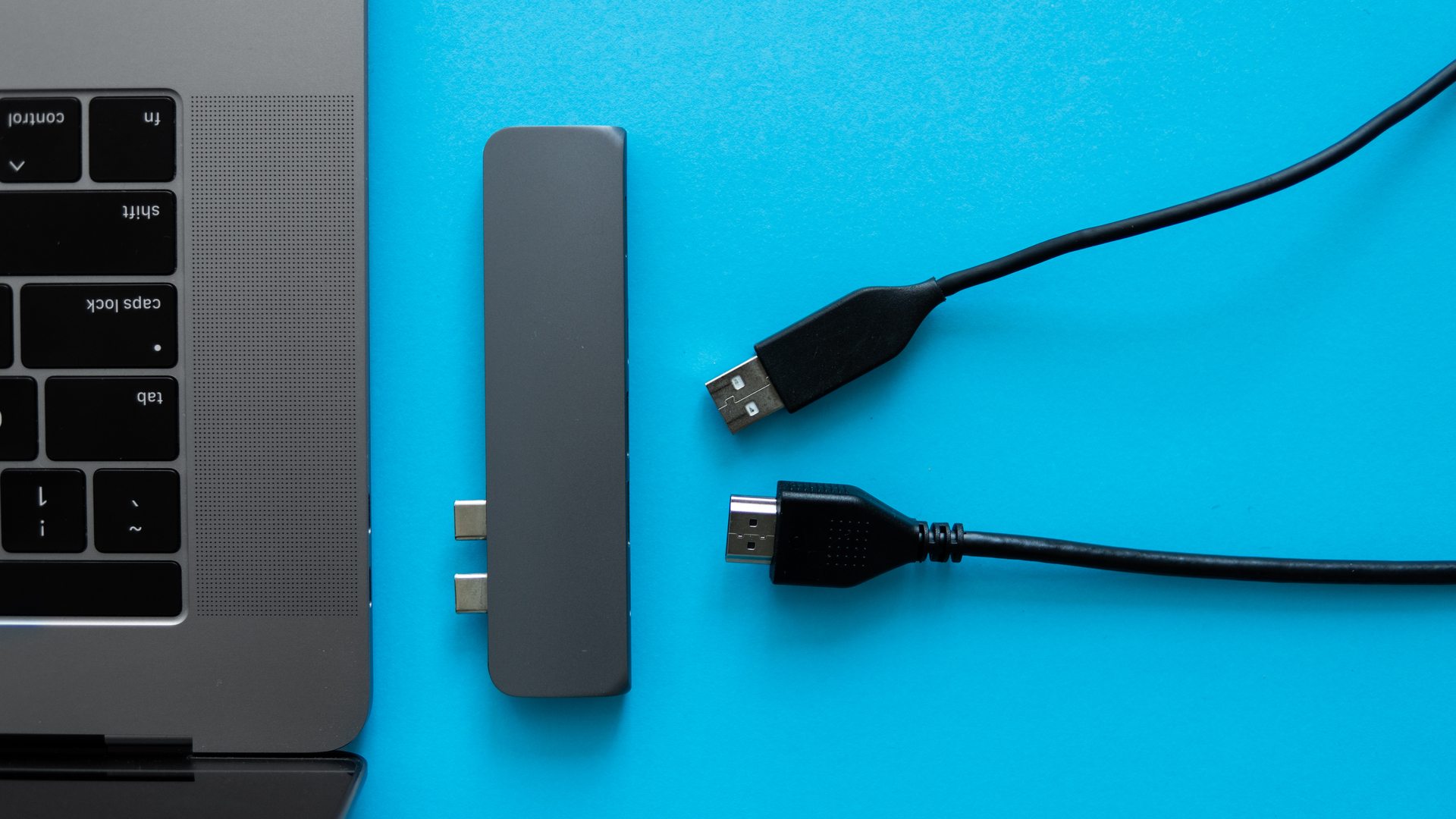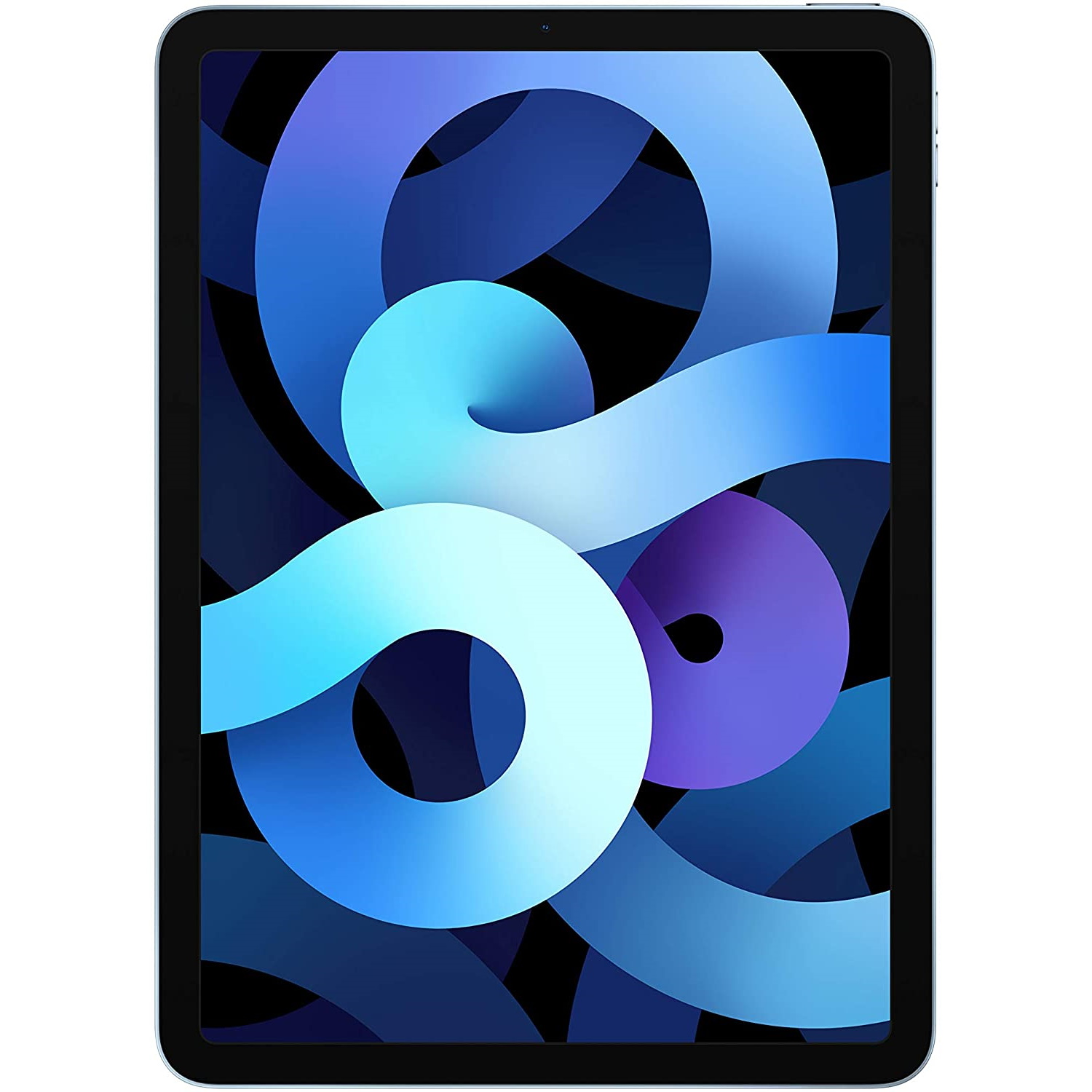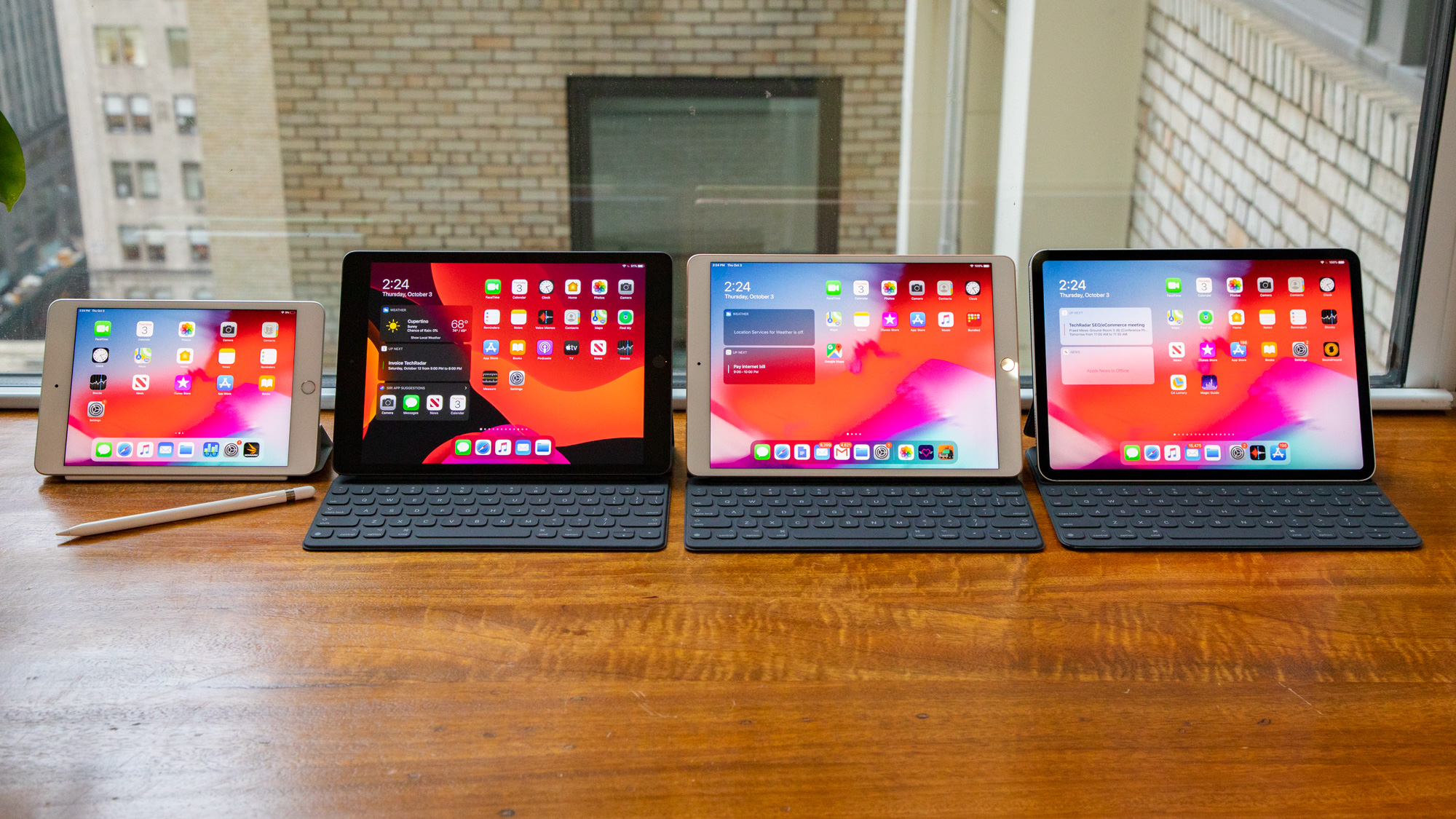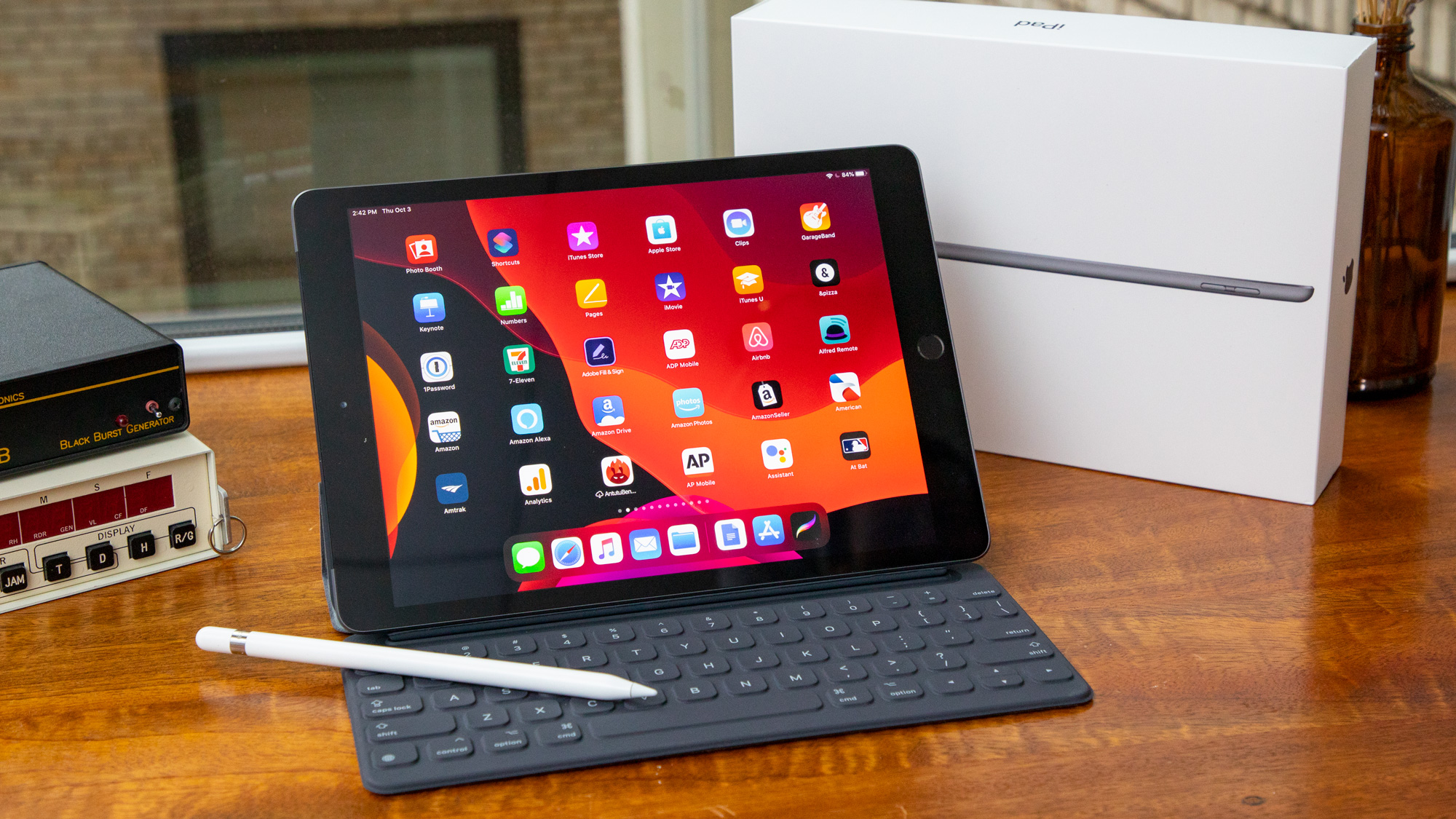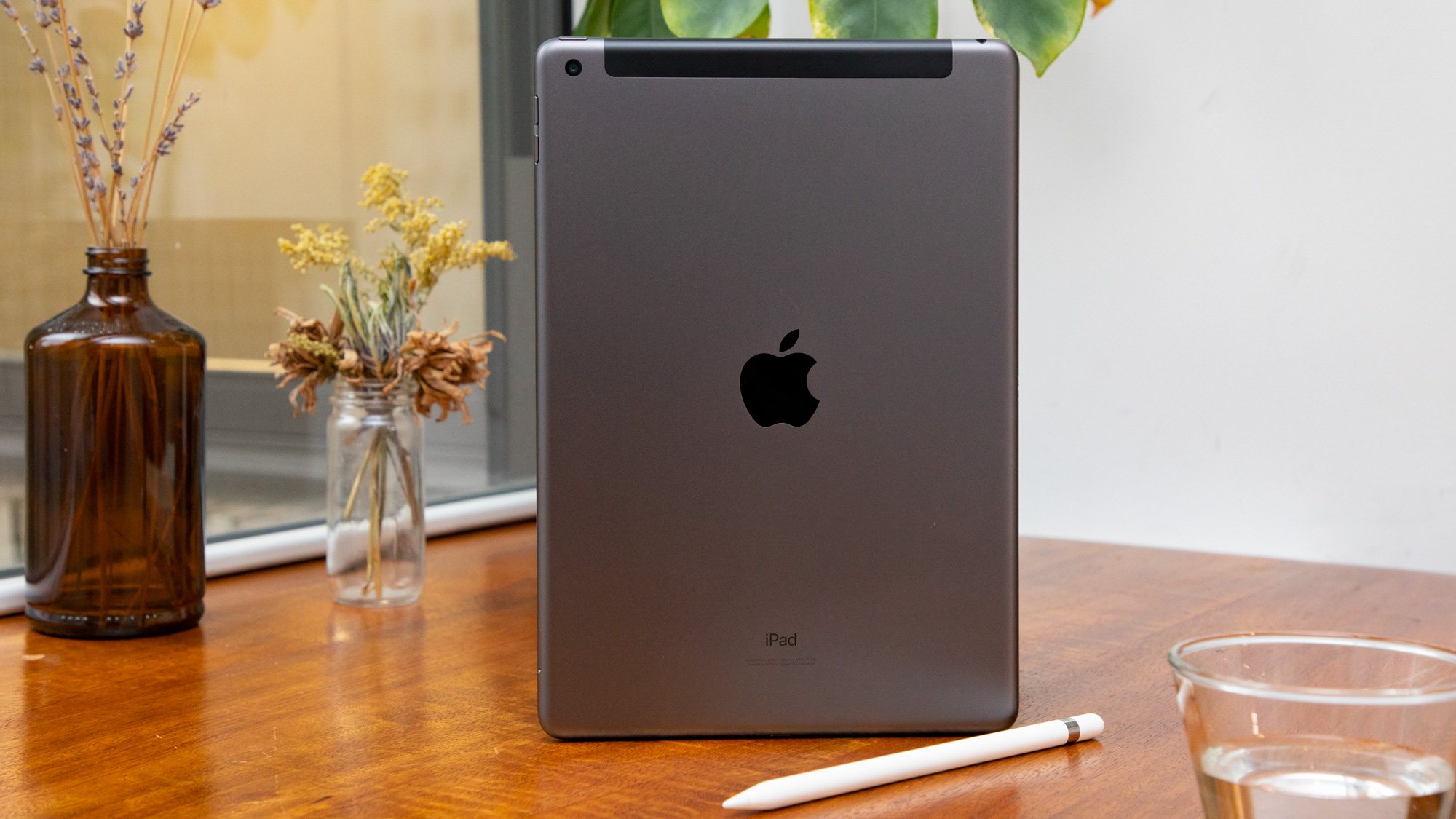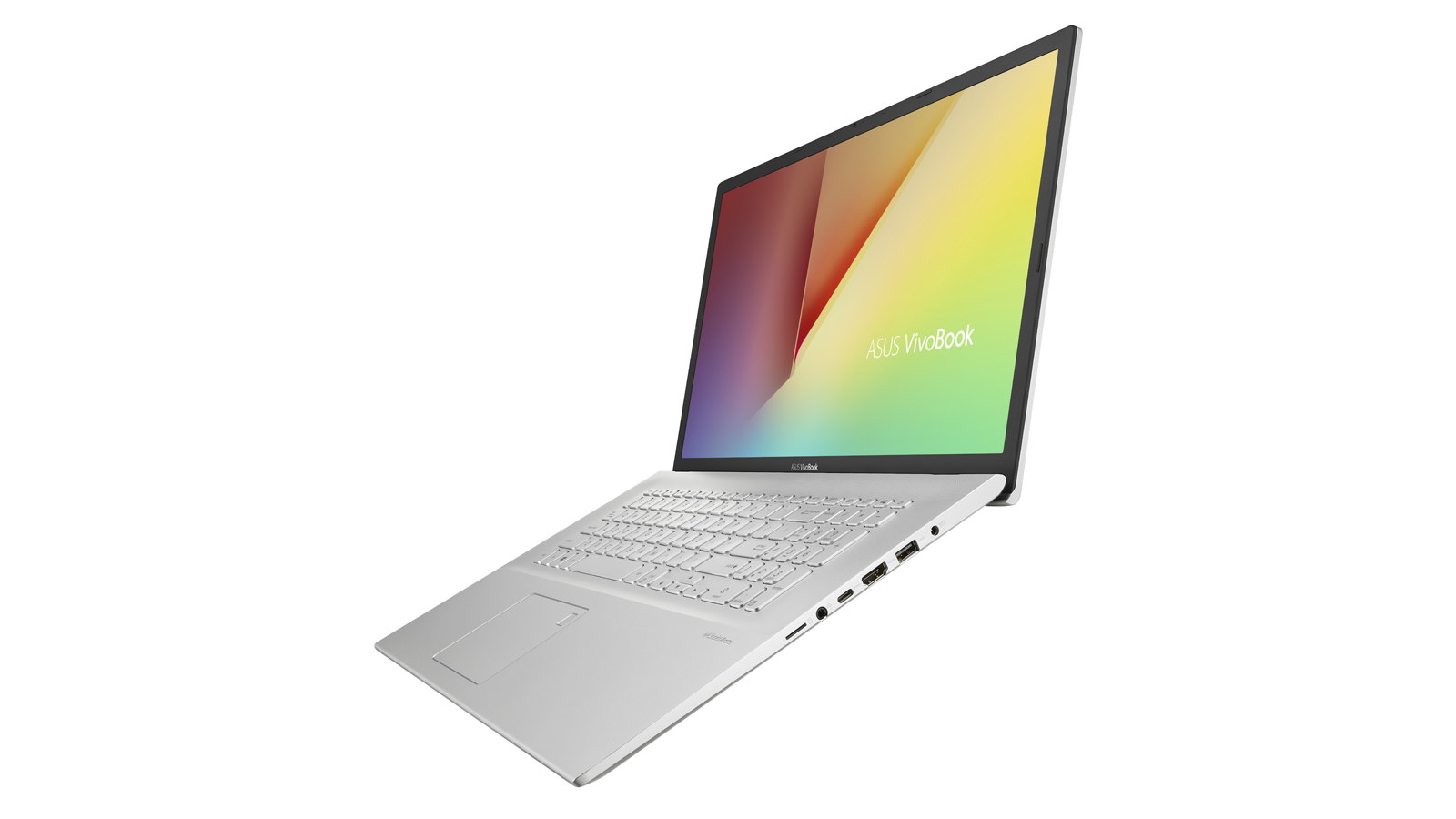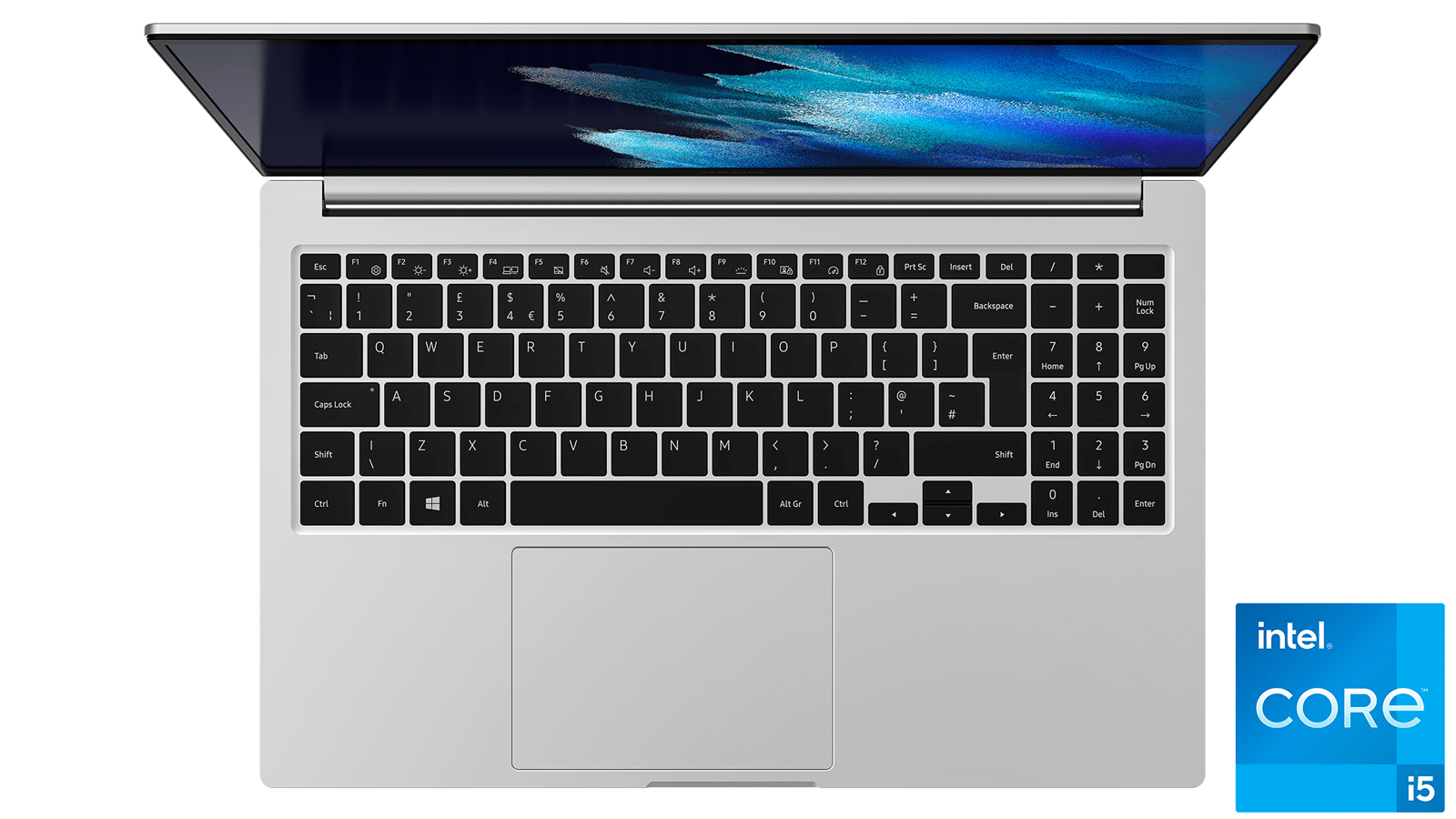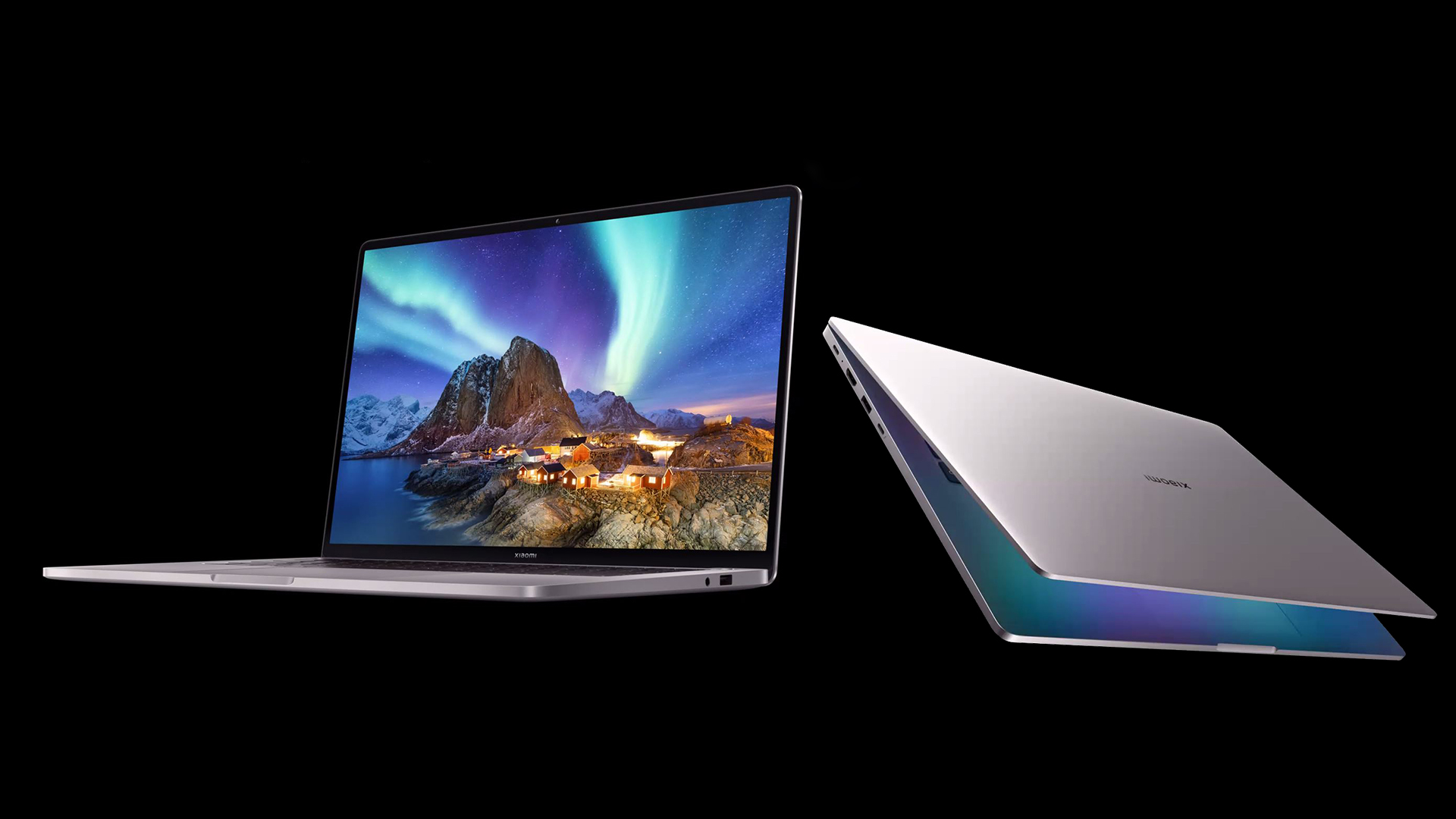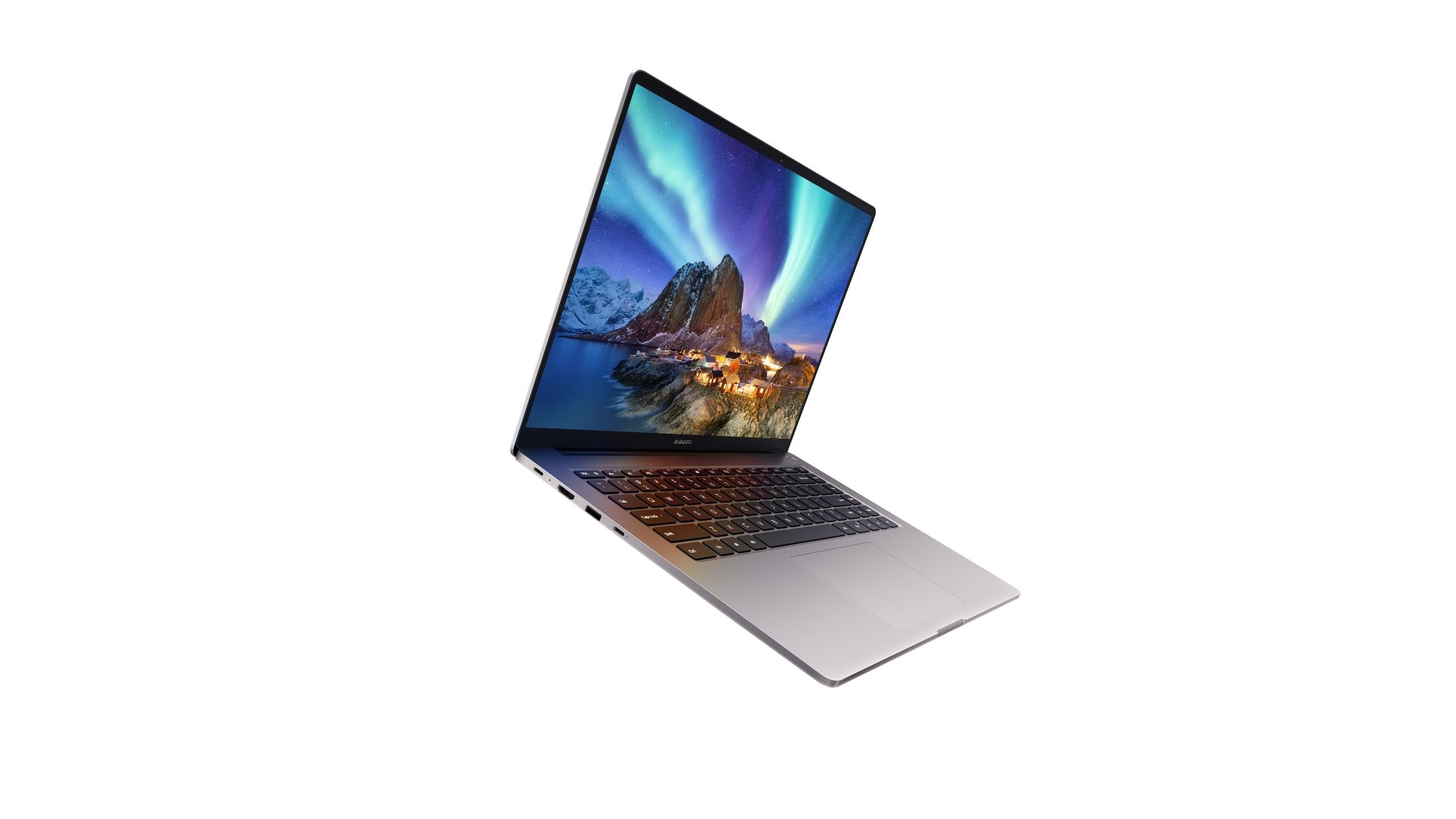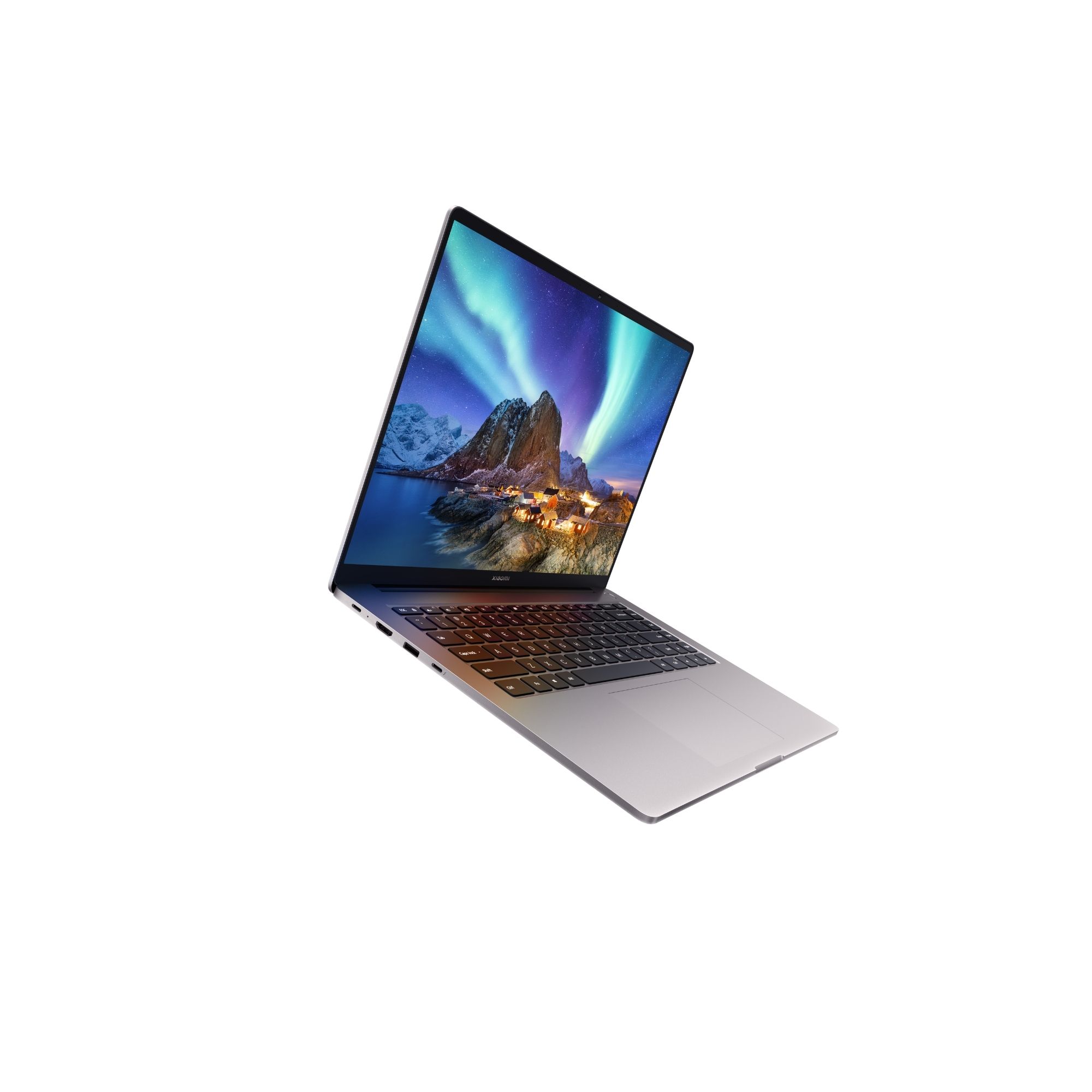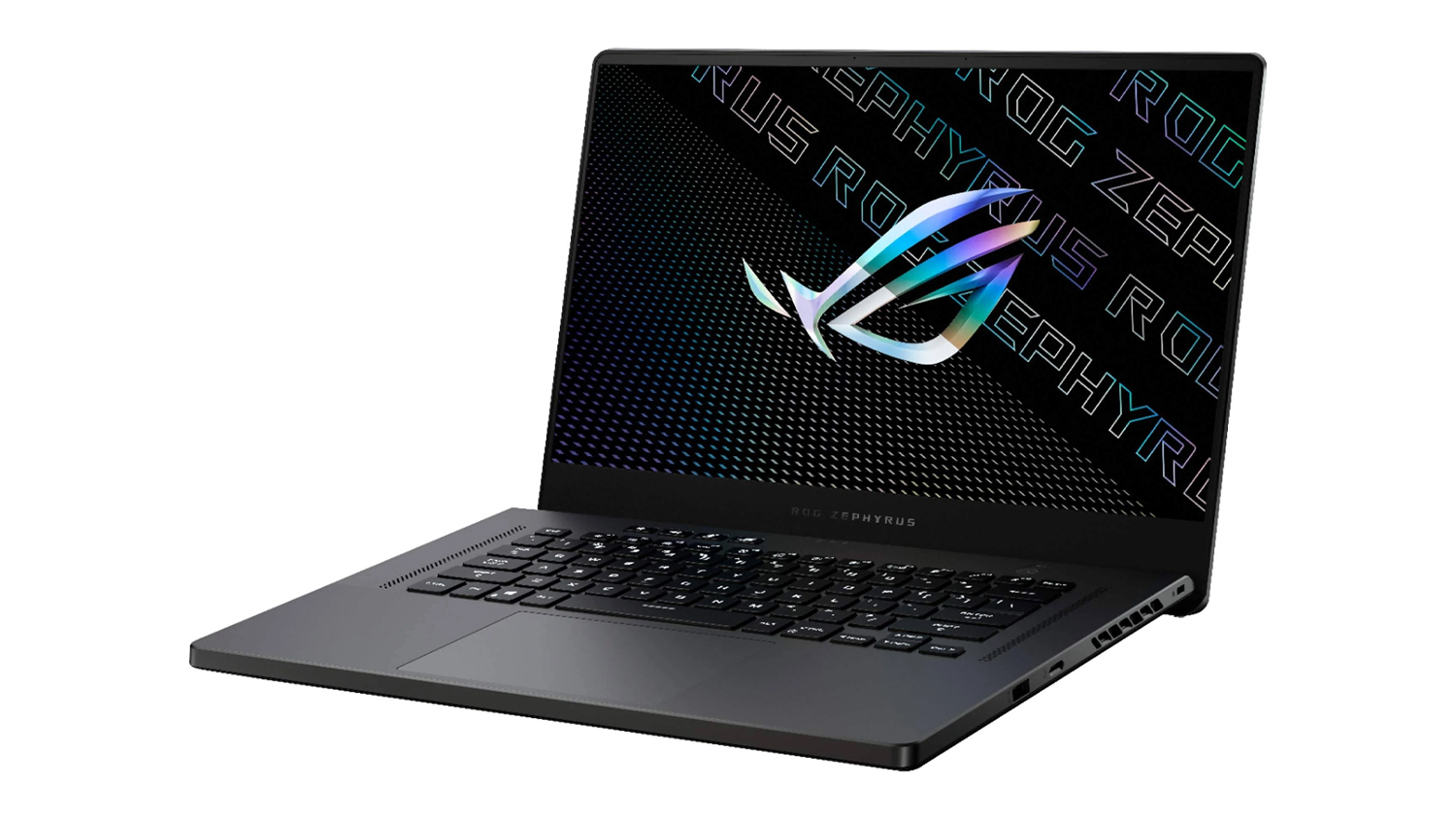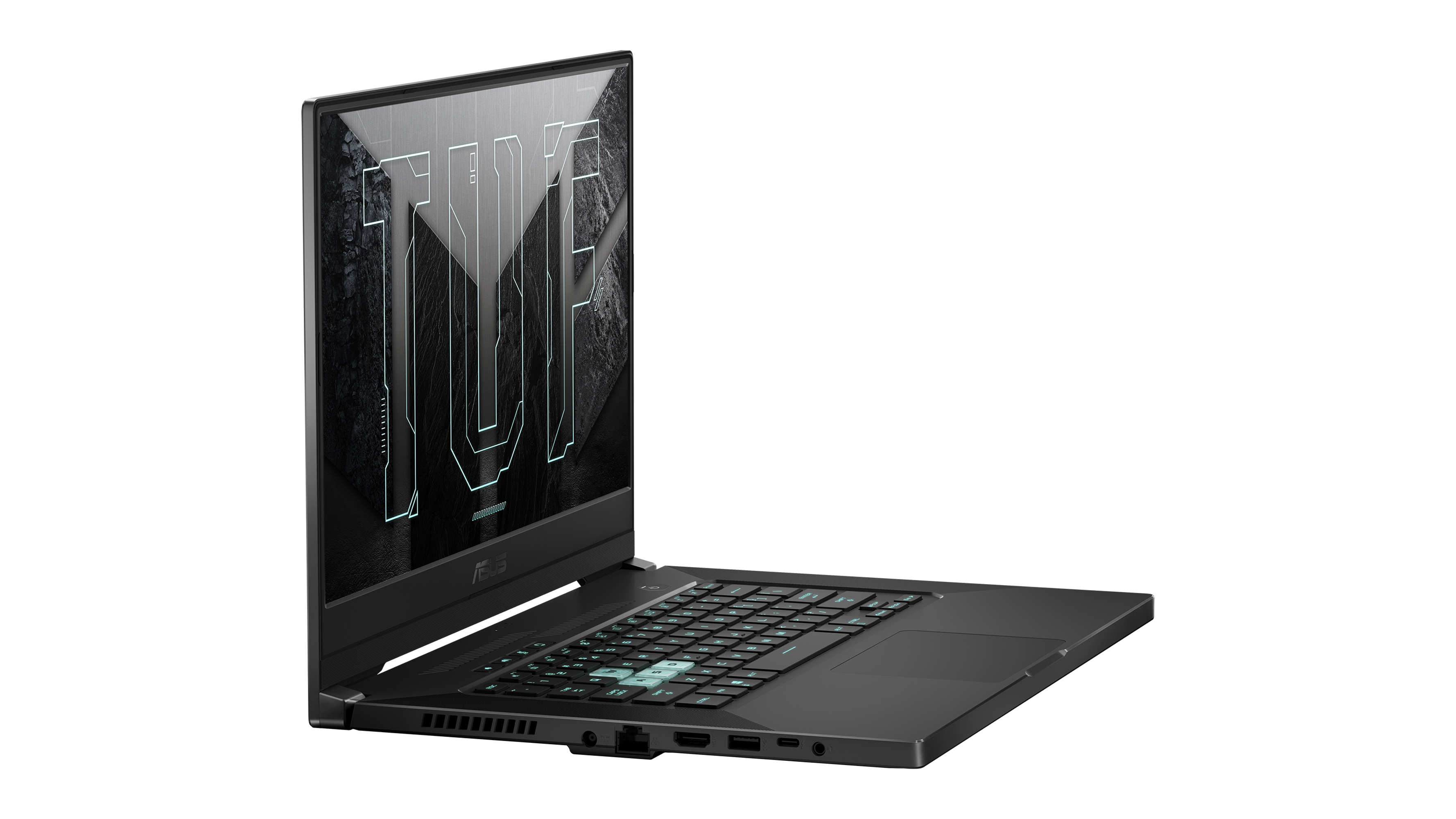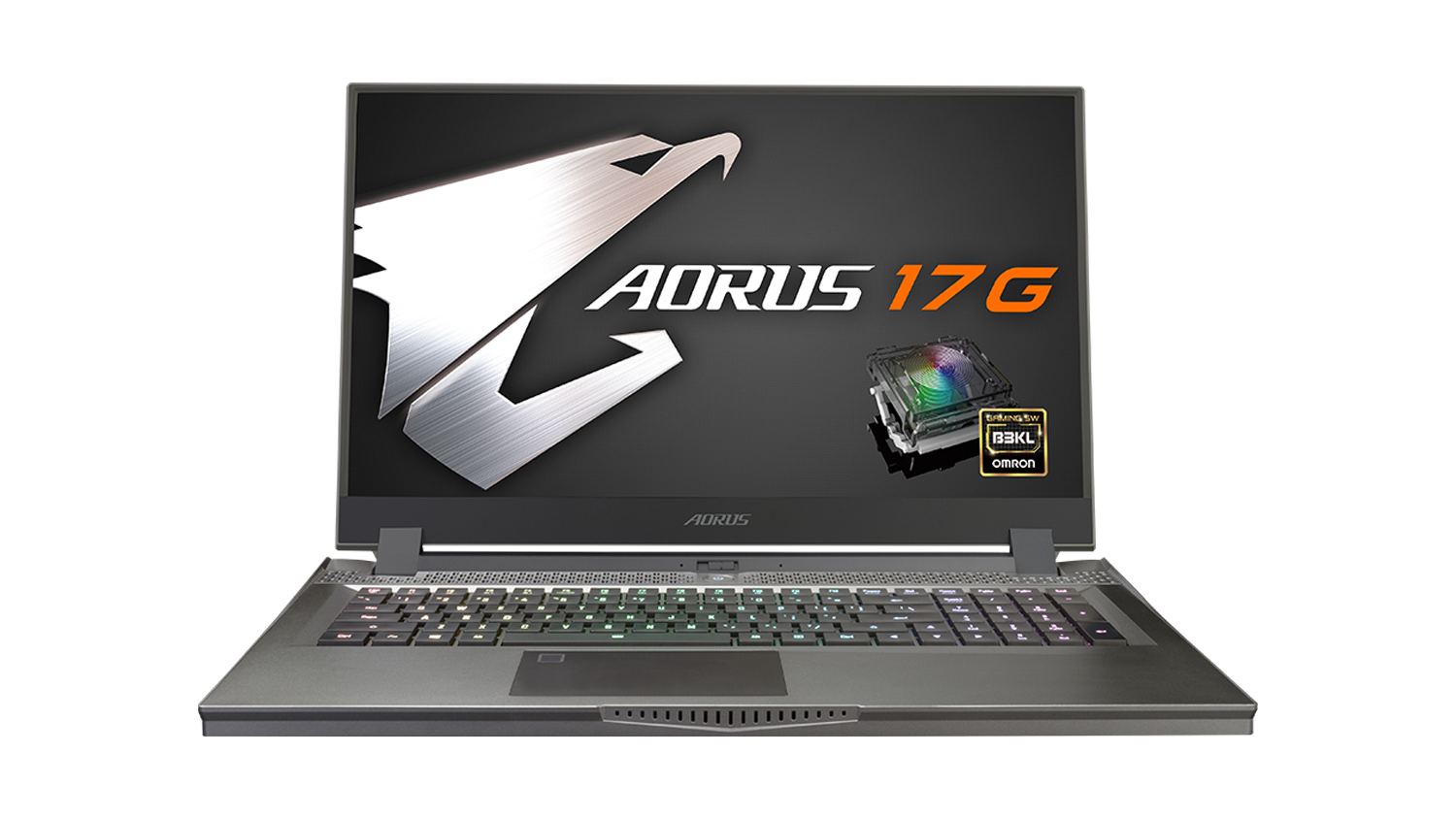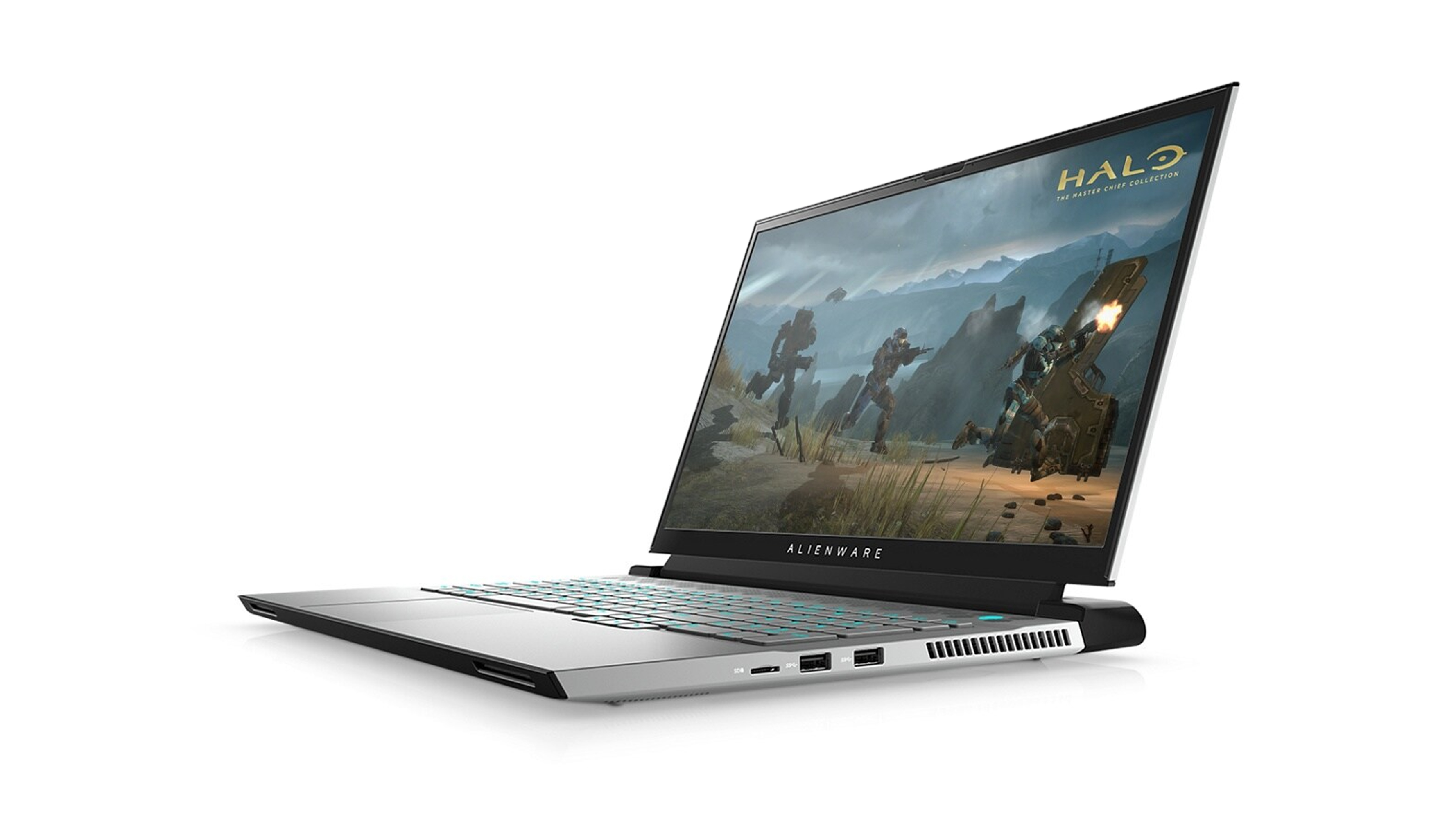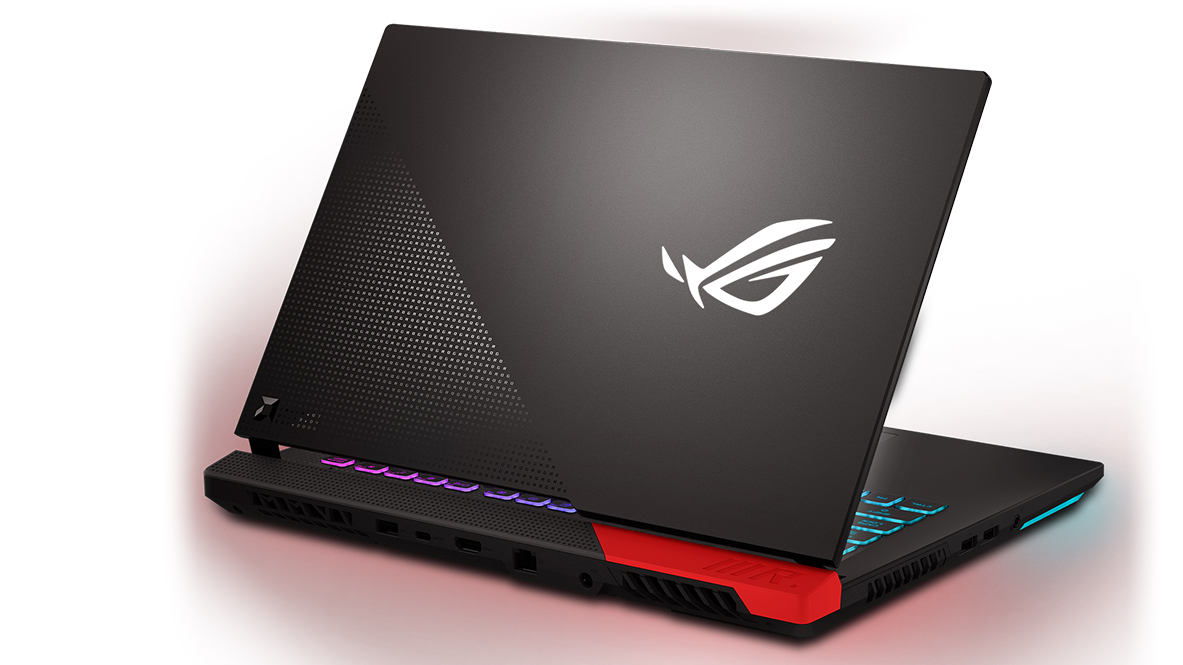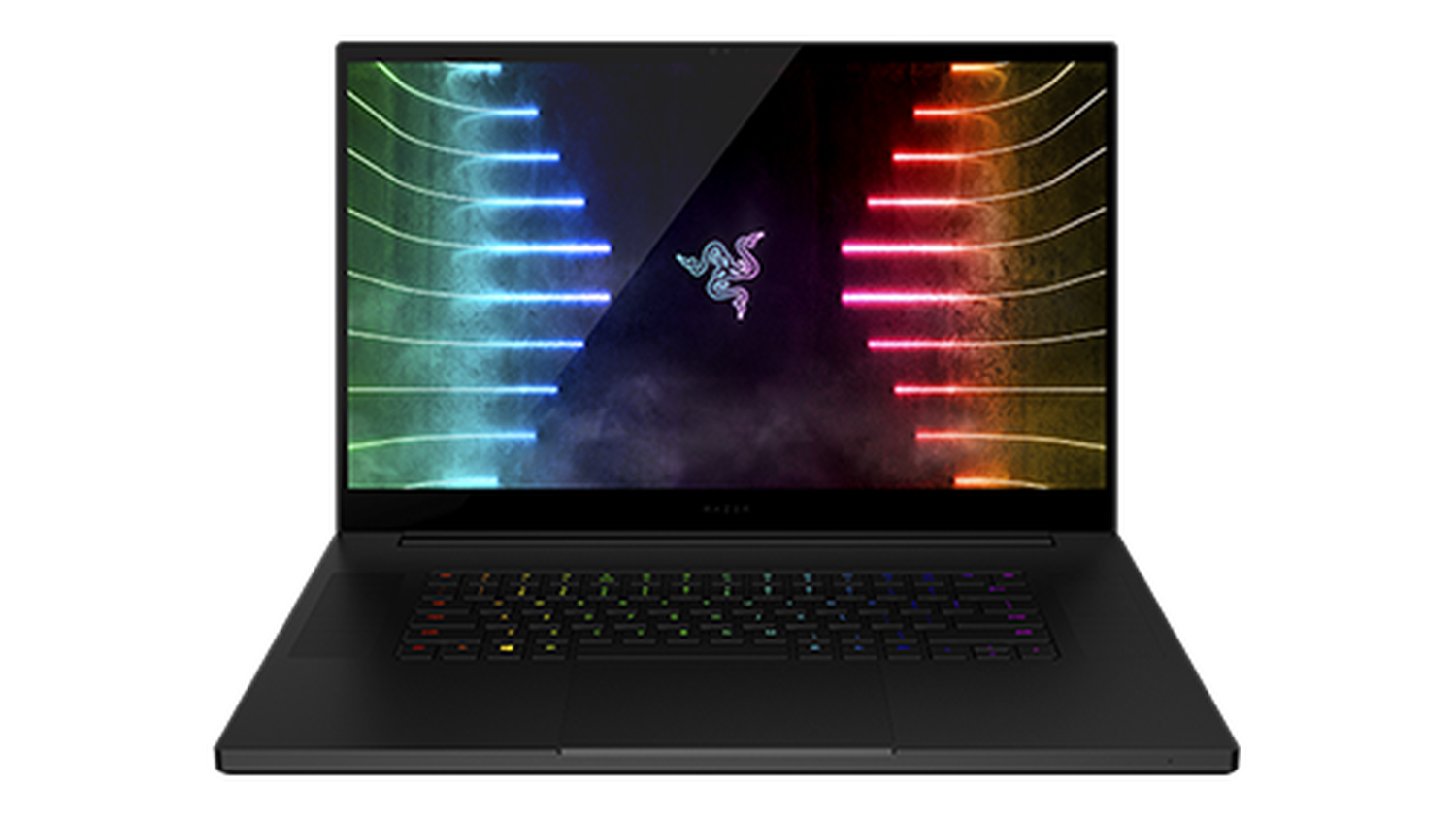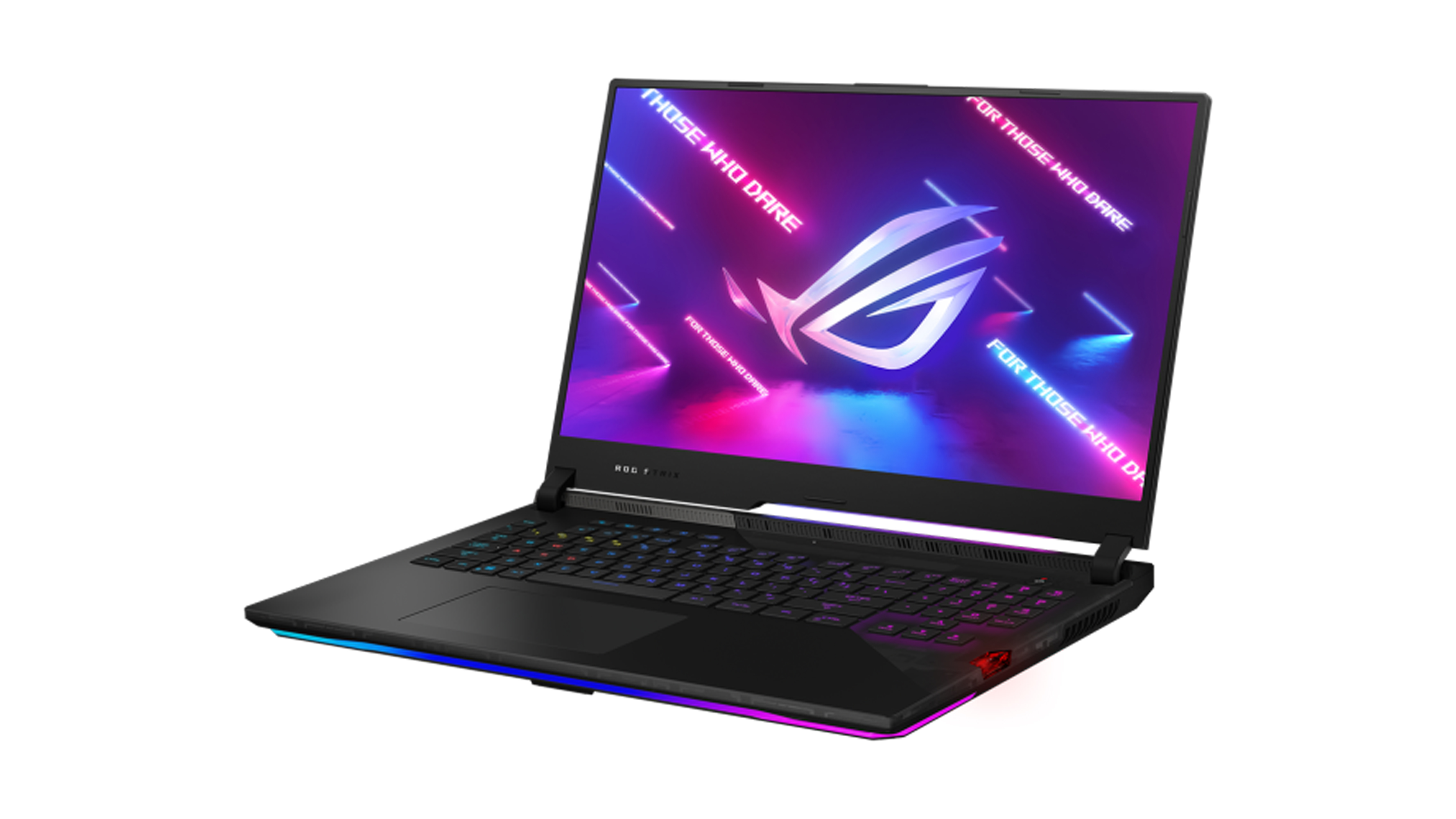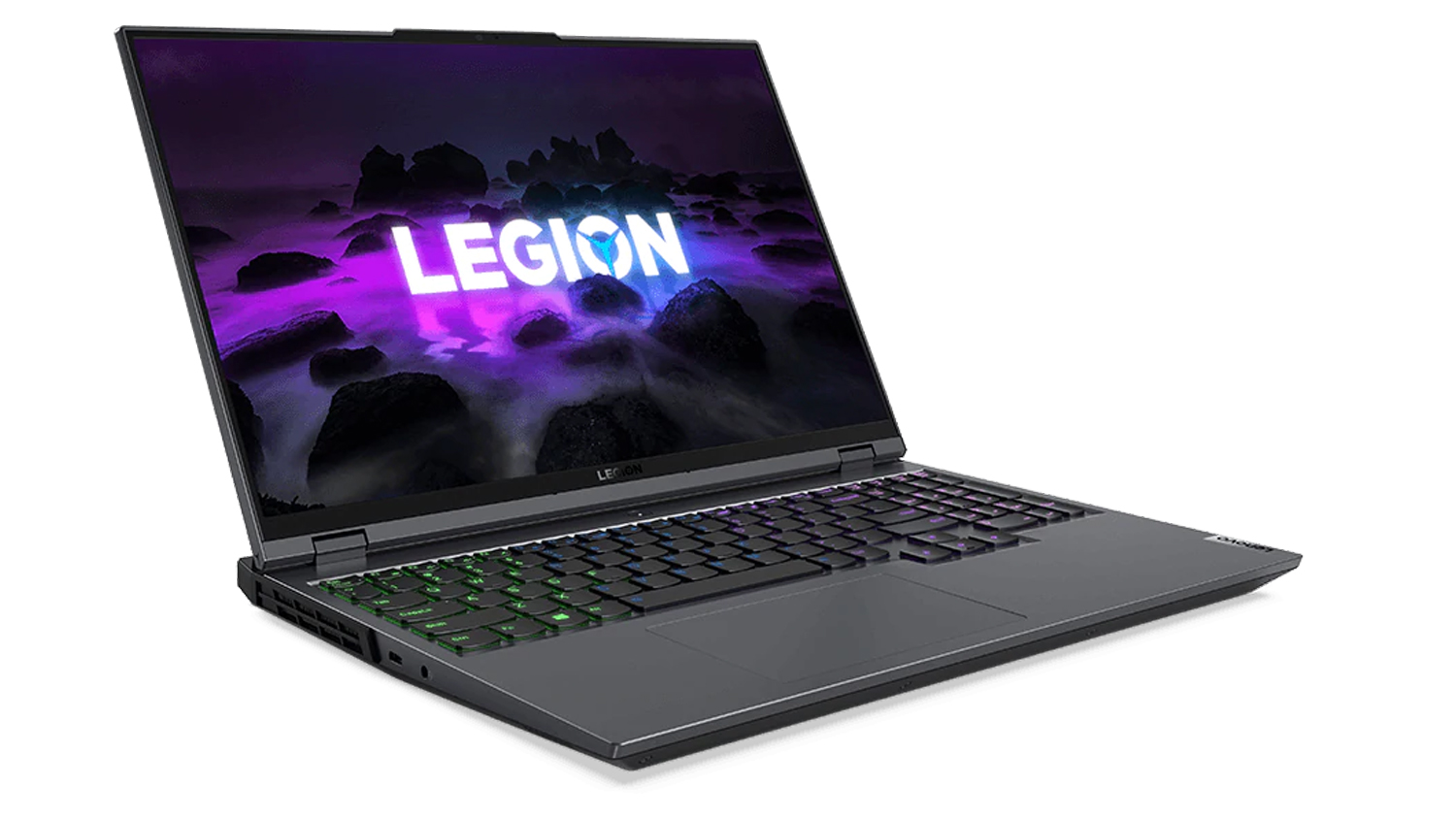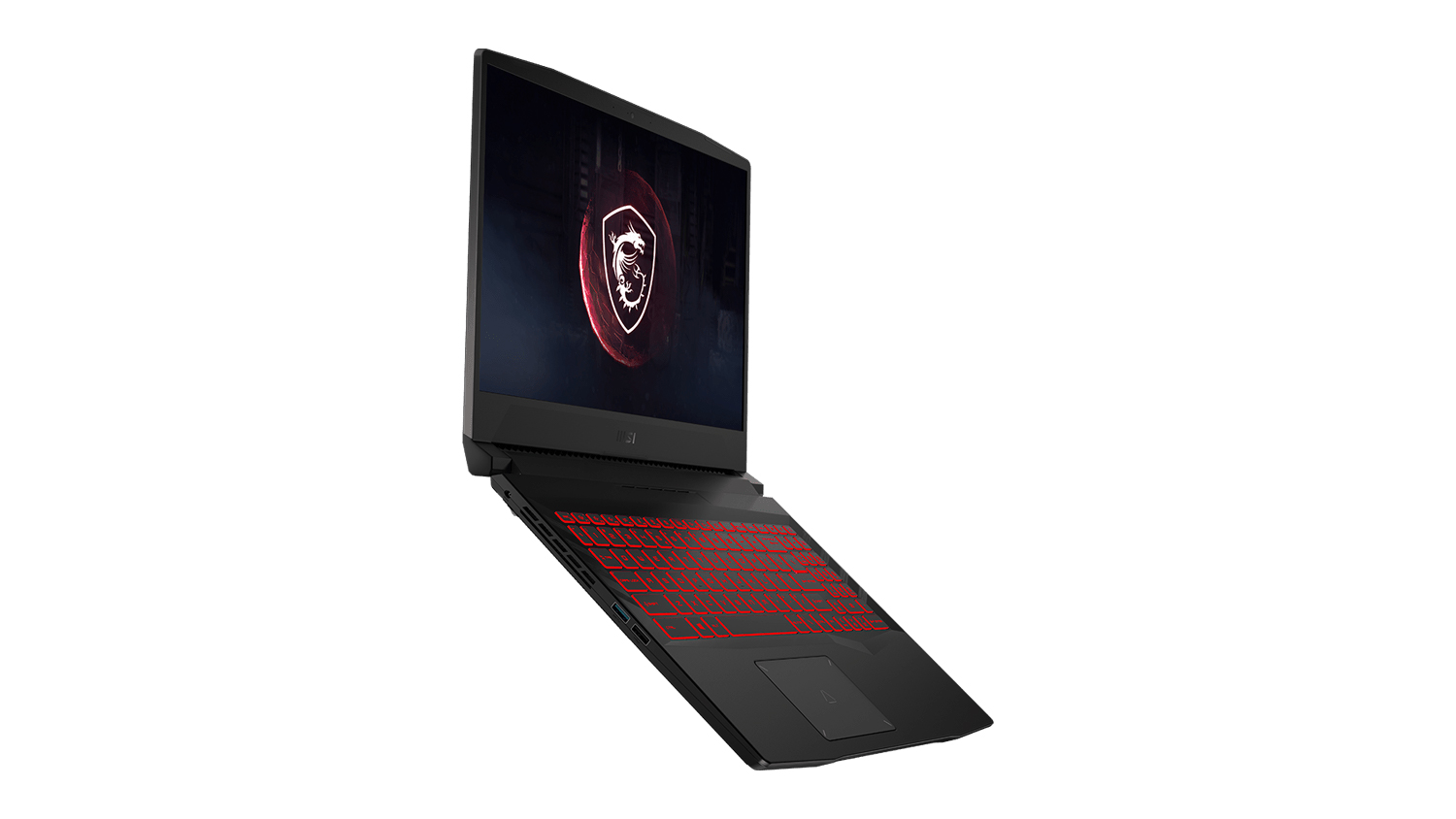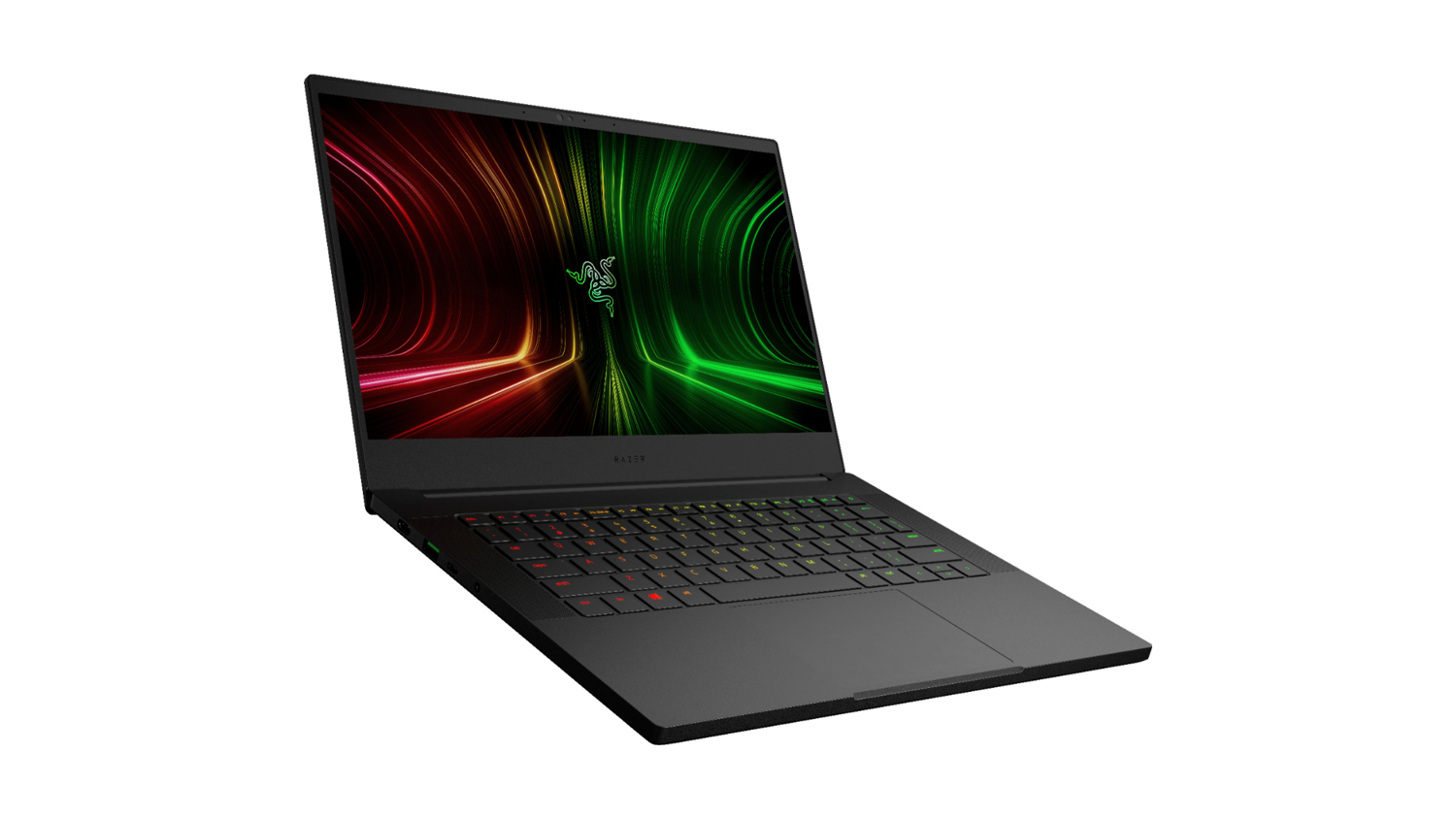You don’t need a flagship gaming laptop to tackle the best laptop games of 2021. After all, not everyone wanting to do a little gaming will have the best graphics cards at their disposal to dive right in. And, while these games may not be quite as deep or involved as the best PC games, they offer hours upon hours of fun without needing the same kind of horsepower to get the full experience.
Because these laptop games are less demanding, they’re better for playing on the go. And, instead of relying on graphical superiority, they rely on creativity, setting them apart from the usual AAA fare that most gamers like to indulge in. In fact, their minimum requirements are typically low enough that most portables can handle them.
From side-scrollers to strategy games and narrative-driven RPGs, we’ve narrowed down the thousands of games out there to our top choices for you to play on your laptop. Some of these even rank among the best indie games available. No matter what genre you prefer or how powerful your portable is, there’s a game on this list that is sure to entertain you for hours on end.
- CPU: Intel Core i7 or AMD 1800 equivalent
- RAM: 8 GB RAM
- GPU: NVIDIA Geforce 1060 or equivalent
Ever had grand dreams of becoming the greatest detective in history? We know we did, and we have just the game for you. Disco Elysium is digital heaven for those who’ve always had a knack for problem-solving skills and fancy themselves the coolest (or most crooked) PI in their daydreams.
In this open-world RPG, among the best laptop games that you can play right now, you have unprecedented freedom to do whatever you want as a detective – whether that’s solving murder mysteries and helping people or taking bribes, manipulating others and becoming a millionaire. And, that’s with a plethora of wild skills and cool detective tools at your disposal.
The city you’re running around in, of course, has that certain mystery je ne sais quoi atmosphere to it, like Gotham-meets-Neo-noir. And, it only adds to this extremely charismatic title. If you’ve got hours to kill, or really even if you don’t, this game needs to be on your laptop right now.
- CPU: Intel Pentium 4
- RAM: 1 GB
- GPU: Intel HD
Among Us seems a bit more casual than other titles on this list, with each game lasting 10 to 15 minutes but that doesn’t mean you won’t lose hours playing it. The concept is relatively simple. 4 to 10 players are placed in a map, either a spaceship or space station, and are tasked with some menial errands. Up to 3 of the players are secretly imposters who pretend to do the same things but actually go around sabotaging things and killing other players. Emergency meetings can be called where players argue over who the imposter is and then vote to kick someone out. Considering how short each game is, just about everyone will have a chance to play as an imposter after a few games.
What makes Among Us such an enduring game is how it can bring friends together the way a good board game can, combining socializing and strategy in a way that most online games don’t.
- CPU: Intel Core2 Duo E8400, 3.0GHz or AMD Athlon 64 X2 6000+, 3.0GHz or higher
- RAM: 2 GB
- GPU: Geforce 9600 GT or AMD HD 3870 512MB
You might be turned off by the tremendous amount of challenge it poses, but we promise you that Cuphead is worth a shot. If you don’t already find its vibrant, whimsical art style delightful, then you might be convinced by some backstory of how it was made.
Cuphead is from indie developer Studio MDHR (short for Studio Moldenhauer), named for the two brothers who started the project, Chad and Jared Moldenhauer. In fact, the whole company is made up of family members and friends who sought out to finish their dream project.
Marija Moldenhauer, Chad’s wife, was responsible for the inking and clean up in this hand-drawn ode to 2D platforming classics like Mega Man and 1930s Fleischer cartoons like Betty Boop. And, if the 19 bosses aren’t enough for you, Cuphead is getting a major DLC next year featuring new bosses, areas and a new playable character.
- CPU: Intel Core i5 4th Gen
- RAM: 8GB
- NVIDIA GTX 770 or AMD R9 290
If you’re a fan of history-based strategy games like Civilization or Age of Empires but are looking for something a little different, then Humankind is for you. This game takes that format and gives it a little twist, allowing you to customize your gameplay as you go. You can upgrade to different cultures as you progress and shape your empire with all sorts of decisions regarding religion, war, alliances, and more that can have long lasting impacts. In fact, every play through will be different.
You can wage nuclear war or destroy the world with pollution in Humankind, but your goal is to be the most famous empire by the end of the game to win. While it does seem to share a lot of similarities with the aforementioned giants of turn-based historical strategy games, that added level of customization, different mechanics for city-building and waging war, not to mention the ability to essentially rewrite history makes Humankind a worthy and unique addition to the genre.
- CPU: 2 Ghz
- RAM: 2 GB
- GPU: 256 mb video memory, shader model 3.0+
If you’re obsessed with farming sims (and, considering how well the likes of Farming Simulator and Harvest Moon sell, there’s a few of you out there), then few games will get you jumping for agricultural joy more than the enchanting busywork of Stardew Valley.
Taking cues from the Harvest Moon games, Stardew Valley's top-down point of view and cutesy characters feel blended together seamlessly, making it one of the best laptop games available.
It doesn’t seem all that exhilarating, tending to fields, growing produce and raising livestock – but that’s the beauty of it. There’s a special kind of peace to the mundanity of Stardew Valley’s minutia as you expand your farm, catch some fish down at the river and even head into the village to strike up friendships (and maybe something a little more) with a cast of NPCs. Farming has never been so much fun or addicting.
- CPU: Intel i5 Quad-Core
- RAM: 4 GB
- GPU: Intel HD 4000
In more than a few ways, we’re inclined to describe Night in the Woods as Life is Strange meets Bojack Horseman. The interactive dialogue bits are reminiscent of the former while the overarching themes of dealing with mental health issues ring true in the latter.
Night in The Woods itself was developed in Unity by Infinite Fall, the virtual studio comprised of coder and composer Alec Holowka and Twitter jokester slash illustrator and animator Scott Benson. Together, these two have designed not just a game, but a stunning world full of relatable characters that should hopefully resonate with you.
You take on the role of Mae, a cat who dropped out of college and recently returned to her hometown of Possum Springs. It’s a completely narrative-driven game, as modern point-and-click adventure games tend to be, with very few gameplay hooks that will hold your attention. So, if you’re into Telltale Games or Life is Strange, Night in the Woods might be the best laptop game for you.
Best of all, it will run fairly smoothly on integrated graphics, given that it has an attractive, but not highly demanding, art style. Surely, this is a title we’ll be talking about for years and years to come, even if it was snubbed at The Game Awards.
- CPU: Intel Core 2 Duo E4600 @ 2.4ghz or AMD Athlon 64 X2 6400 @ 2.4ghz
- RAM: 4GB
- GPU: NVIDIA GeForce GT 420 or ATI Radeon HD 5570
The 90’s are still alive in the form of the Command & Conquer Remastered Collection. This doesn’t just have a remastered version of the original game from 1995. It also has Red Alert as well as the games’ three expansion packs for over 100 missions and over 250 multiplayer maps. That’s quite a lot of content in this release.
Among the best laptop games to dig into this 2020, this remastering includes upscaling the cinematics, remastering the music (including 20 re-recorded tracks), and most importantly, setting the game in 4K resolution. The controls have been updated for a modern experience including the ability to use hotkeys. And, the game comes with mod support for those who want to add their own spin to the game.
The core of the game is still mostly the same as it was in the 90’s so if you’re looking for a great looking, great sounding blast from the past, then this is the perfect escape for you.
- CPU: Intel Core i3-2100T @ 2.50 GHz / AMD Phenom II X3 B73
- RAM: 4 GB
- GPU: ATI Radeon HD 4850 or NVIDIA GeForce 9600 GT
While it’s a 2018 title and has a reasonably massive following, your laptop’s integrated graphics can still run Pillars of Eternity 2: Deadfire. It has mostly the same forgiving system requirements as its predecessor, so if you are a fan of that game, you should be able to engross yourself in this best laptop game as well.
Pillars of Eternity 2: Deadfire drops players on the Deadfire archipelago and tasks them with hunting down a rogue god. And, just like its predecessor, it features rich storytelling and deep RPG gameplay that harkens to the days of Baldur’s Gate and Neverwinter Nights.
While all the backgrounds are in 2D and viewed from a top-down point-of-view, they’re still lovely to behold. Plus, the numerous spell effects will keep you bewitched as you work your way through the intense and tactical combat.
And, because it's coming from Obsidian, a studio known for making the best RPGs of all time, you can be confident that you’re getting an adventure, and one of the best laptop games, that’s worth every penny.
- CPU: 1.5 GHz Core2Duo
- RAM: 2 GB
- GPU: OpenGL 1.4 or better
If somebody told you a game about working in a border control office would be one of the most addictive games ever, would you scoff and walk off shaking your head?
Well, you might give a little indie gem by the name of Papers, Please a chance. Set in a fictional take on the Eastern Bloc, you’re an immigration clerk tasked with processing refugees from a hostile neighbouring nation.
The core concept is simple: check each person’s documents against a clear set of rules, process those who meet the requirements and detain those with false papers.
The game is created to test your attention to detail, as well as the strength of your moral compass. Sometimes you’ll have to decide if specific sympathetic characters should be granted asylum, even if it goes against the rules.
The twist is good performance effectively feeds you family, while mistakes put their lives in danger. It’s dark, but engrossingly so.
- CPU: Intel Core 2 Duo E8400
- RAM: 4 GB
- GPU: Integrated GPU / NVIDIA GeForce 510
We all know how aggressive geese can be. Well, thanks to Untitled Goose Game, you can walk a mile in a goose’s webbed shoes. And, not just any goose – a crappy one at that. You can already tell how this slapstick-stealth-sandbox game is going to be just from the title, which is really more like a non-title.
If you enjoy causing mayhem, you’ll enjoy this game. As a goose, you’ll run around ruining people’s days by setting up pranks, stealing their stuff and just being really annoying. In fact, the more miserable the humans are, the better. So, you should be ticking off every objective in your ‘to do’ list, which include things like trapping a kid in a phone box, for example. What better way to let off some steam after that crappy day you’re also having?
- CPU: Intel Core i5
- RAM: 8GB
- GPU: Nvidia GTX 950 or AMD R7 370
This side-scrolling platformer takes the vibrant colors and gorgeous score of the first game, Ori and the Blind Forest, and bumps it up a notch or two. It’s not just the cosmetics that are upgraded, however. Ori and the Will of the Wisps also builds upon the mechanics of the first game for a more in-depth gameplay experience and places you in a much larger world to explore. And the engrossing story matches the gameplay and aesthetics for an approximately 15-hour long playthrough that some might describe as magical.
If you’re on a much older laptop, you might want to fire up the original game instead. However, while this game may not run optimally on the most barebones of laptop systems, it doesn’t require ray tracing or a cutting-edge GPU to get it running and most recent laptops should be able to fire up the game without issue.
- CPU: dual-core 2GHz
- RAM: 2GB
- GPU: DirectX 9 compatible
Few games stay relevant as long as Skyrim. It should feel old and antiquated, but a mod scene has kept it relevant in the past half-decade. Being so old has also meant not as powerful hardware has been able to catch up with its real-life spec requirements.
It'll run pretty well on Intel Core-series processors from the last 2-3 years, and even plays pretty well on some recent Atom/Pentium CPUs on its lowest settings. If you have a real dog of a laptop, there's also a mod that'll cut down the settings even more than the game itself allows, called Ultra Low Graphics Mod. Imaginative naming.
It’s one of the best laptop games to date, and many agree – in case you've been locked in a cupboard for the past five years, Skyrim is a massive open-world RPG that won countless 'game of the year' awards when it was released back in 2011.
- CPU: 1.7GHz dual-core
- RAM: 2GB
- GPU: Intel HD 3000 or newer
Remember the game that received millions and millions of dollars of funding on Kickstarter back when such things were unheard-of? That's Broken Age, the point 'n' click platform made by one of the people who came up with Monkey Island back in the 90s.
It didn't exactly and single-handedly revive the genre. However, it’s still a fun tale that is nowhere near as frustrating as most of the early 90s exploits, most of which are best viewed through a pair of rose-tinted nostalgia specs. From a distance.
You play as both male and female characters, skipping between chapters in their respective stories to make sure the narrative doesn't get stale. We're steering clear of spoilers, so we'll let you uncover it on your own.
- CPU: 1.7GHz
- RAM: 512MB
- GPU: DX 8.1 compatible card
You might head straight for 2D games when you think of title that'll work with pretty modest hardware. However, some once-fancy 3D games work very well with non-gaming laptops. Valve's Source engine is especially good at working with less powerful GPUs, making classics like Half-life 2 play delightfully on modern integrated graphics hardware.
If you're not up for a thinking person's FPS like Half-Life 2, you might want to check out fantastic first-person puzzler Portal 2 instead. It is also based on the Source engine. Portal 2 takes the portal gun from Half-Life 2, which makes teleporting holes in walls, and makes a whole game out of it. It’s possibly one of the best games of all time, actually, and of course, of course among the best laptop games ever.
- CPU: Intel Pentium D
- RAM: 2GB
- GPU: Intel HD
It's easy to think of Minecraft as retro in some way, but it's actually far more groundbreaking than some of the nay-saying haters would have you believe. It is not just for kids, either. Try it, you might just like it.
This world-building classic was never out to wow audiences with its Crysis-style graphics, but its highly scalable visuals let you tweak Minecraft to suit any machine. As well as being able to experiment with the draw distance and the few visual effects the game uses, you can alter the field of view as well.
Minecraft is also best-suited for laptop gaming, as you don't need to be very accurate with your cursor. This is handy if you're using a trackpad rather than a mouse.
- CPU: 2.4 GHz Intel Core 2 Duo
- RAM: 1GB
- GPU: OpenGL 3.2 compatible GPU with at least 256MB of VRAM
When the first Hotline Miami initially emerged, players were taken in by its combination of relentless action, over-the-top violence, and 2D top-down graphics reminiscent of early 90’s gaming. Its sequel, Hotline Miami 2: Wrong Number, keeps everything that made the first game work. After all, if it ain’t broke, don’t fix it. The game is a continuation and conclusion of the first game’s story, taking place before, during and after, adding several playable characters. And, after you’ve finished the game, you can use the level editor to create original stories to keep the fun going. The game is available on just about every platform so you can play no matter what kind of laptop you own.
- CPU: 2GHz
- RAM: 1GB
- GPU: Nvidia HD 4450
Don't Starve is an outrageous little game where you wander around in a somewhat twisted nightmarish world, exploring and picking up supplies to try to survive, day by day. When the sun goes down, awful creatures start prowling in the shadows. If you don't build a fire, you're a goner.
You also have to eat to keep yourself healthy, and even your mental health deteriorates if you don't find out ways to pep yourself up.
There are some nice visual effects in Don’t Starve, but as a predominantly 2D near-top-down game, it's happy to work with all but the lowest powered laptops.
- CPU: Intel Core 2 Duo
- RAM: 2GB
- GPU: Intel HD 1000
If you don't mind tempting addiction in your laptop gaming, Hearthstone is a title not to miss. It is a little like nerd classic card battle game (and also video game) Magic: The Gathering, but much better-suited to quick, casual play.
Like many other modern casual games, however, you'll likely end up playing for a lot longer than five minutes. And it feels even more "right" on a laptop than a bulky desktop.
It's a Valve game and, like most Valve titles, fares extremely well on lower-end hardware. It officially supports the Intel HD 1000 integrated GPU, from way back in the Sandy Bridge generation half a decade ago.
- CPU: Intel Core i3
- RAM: 4GB
- GPU: Intel Integrated Graphics 530
The Civilization series has always been an engrossing experience, and Civilization VI is no different. It’s not just upgraded graphics and Sean Bean voice overs that differentiate Civilization VI from the series’ previous entries. Cities sprawl like they never have before, diplomacy is more nuanced, and players need to do more than just amass armies to go conquering. It’s more in depth and more varied in its gameplay than Civilization V.
Though it is a different experience than its predecessor, it’s still a Civilization game. And if you liked the previous titles, you’ll like this one. It’s also not too hard on your computer so as long as you’re rocking a somewhat up-to-date laptop, you should have no trouble running the game.
And if you really want to go down the rabbit hole, the game has a number of expansions that include additional gameplay expansions as well as a number of civilizations not accessible in the base game.
- CPU: Core 2 Duo
- RAM: 2GB
- GPU: Intel HD 3000
EA gets a lot of flak. It was rated as the most despised company in America two years in a row, after all. However, it doesn't half know how to court a big audience. And that means making sure games like The Sims 4 work on just about everything.
This infamous lifestyle sim even has a "laptop" mode created for systems that can barely make it through the title screen of The Witcher 3. The game itself is very much business as usual: you slog through a virtual life, making bucks and designing living rooms. Or doing your best to torture some poor virtual peon by locking them in an inescapable toilet.

